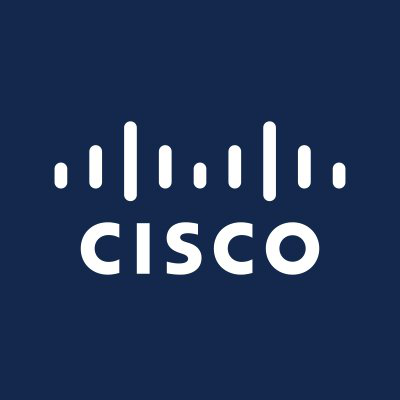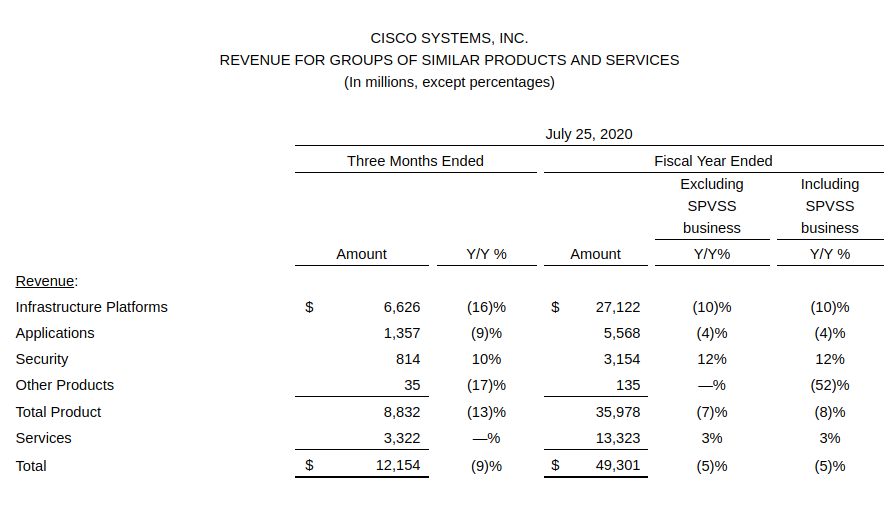Cisco is Acquiring PortShift to Enhance Container Apps Security
TL;DR
Cisco Systems recently announced its plans to buy Israel-based Portshift, a Kubernetes security player. PortShift focusses on safeguarding Container Apps security and DevOps teams by deploying measures for detection and mitigation of Kubernetes misconfigurations. These misconfigurations are the leading cause of security issues in Container Apps.

Key Facts
PortShift was founded by Zahar Kaufman and Ran Ilany in 2018. Tel Aviv-based PortShift specializes in providing security to Container Apps running on Kubernetes from the coding stage to runtime.
The acquisition of PortShift will most likely conclude by the first quarter of the fiscal year 2021, subject to regulatory and customary approval. The financial terms of the merger are yet to be announced. The PortShift team will join the Emerging Technologies & Incubation group of Cisco.
By taking over PortShift, Cisco aims to provide enhanced security to its customers across various cloud-based apps on multiple devices.
With the PortShift acquisition, Cisco further expands its footprint in the security solutions market. In the last few years, Cisco has taken over Duo Security, CloudLock, SourceFire, OpenDNS, ThreatGrid, and Neohapsis to enhance its security offerings.
Cisco customers can expect increased operational flexibility, enhanced multi-level security, and better administrative control with the PortShift buyout.
Details
According to the Mordor Intelligence Report, the Container Apps market is set to witness 29% CAGR between 2020 and 2025. This will, in turn, boost the security solutions market for safeguarding Container Apps. As per a Veritis report, the security management market worldwide may experience growth of 30.9% between 2019 and 2024, reaching $2,178 million by 2024.
With the new acquisition, Cisco looks all set to capture a larger share of the security solutions market and boost revenues in the quarters ahead.
The security revenues of Cisco increased by 10% to $814 million in the fourth quarter of 2020. It can be attributed to the growing demands of threat management solutions with the rapid increase in Internet traffic.
Portshift aligns to Cisco’s approach of providing secure connectivity between users, devices and apps, wherever they reside; visibility and actionable insights from the end-user to the application; a simplified consumption model that includes cloud-first Secure Access Service Edge (SASE) capabilities; commitment to an open-source and open standards philosophy; and breaking down the siloes between developers, security teams, infrastructure teams, operations and SRE teams.Liz CentoniSenior Vice President, Emerging Technologies and Incubation, Cisco
Get similar news in your inbox weekly, for free
Share this news:
Latest stories
HIPAA and PCI DSS Hosting for SMBs: How to Choose the Right Provider
HIPAA protects patient data; PCI DSS protects payment data. Many small and mid-sized businesses now …
The Rise of GPUOps: Where Infrastructure Meets Thermodynamics
GPUs used to be a line item. Now they're the heartbeat of modern infrastructure.
Top Bare-Metal Hosting Providers in the USA
In a cloud-first world, certain workloads still require full control over hardware. High-performance computing, latency-sensitive …
Top 8 Cloud GPU Providers for AI and Machine Learning
As AI and machine learning workloads grow in complexity and scale, the need for powerful, …
How ManageEngine Applications Manager Can Help Overcome Challenges In Kubernetes Monitoring
We tested ManageEngine Applications Manager to monitor different Kubernetes clusters. This post shares our review …
AIOps with Site24x7: Maximizing Efficiency at an Affordable Cost
In this post we'll dive deep into integrating AIOps in your business suing Site24x7 to …
A Review of Zoho ManageEngine
Zoho Corp., formerly known as AdventNet Inc., has established itself as a major player in …
Should I learn Java in 2023? A Practical Guide
Java is one of the most widely used programming languages in the world. It has …
The fastest way to ramp up on DevOps
You probably have been thinking of moving to DevOps or learning DevOps as a beginner. …
Why You Need a Blockchain Node Provider
In this article, we briefly cover the concept of blockchain nodes provider and explain why …
Top 5 Virtual desktop Provides in 2022
Here are the top 5 virtual desktop providers who offer a range of benefits such …












